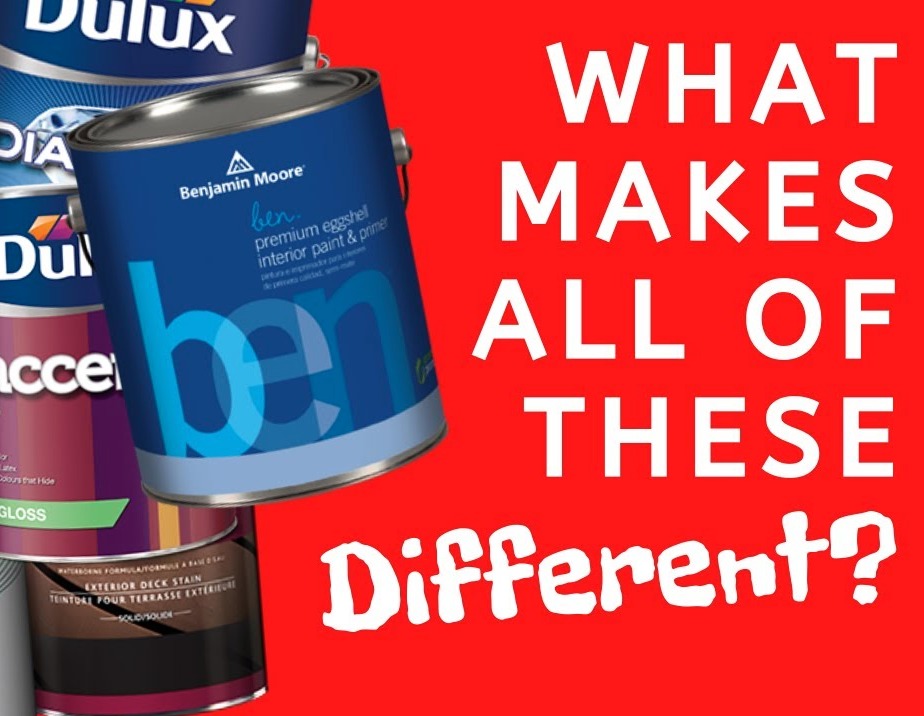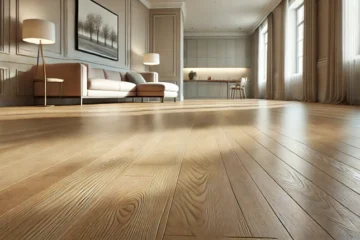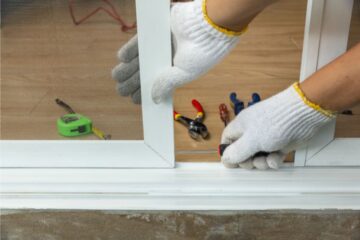Different Types of Paint Used To Paint Your Interior

A fresh coat can completely transform your appearance.
Painting is the simplest, cheapest, and quickest way to change the look of any room. One weekend should suffice if you have all of the necessary supplies on hand. Knowing how to do the following will ensure professional outcomes every time:
- For any interior painting project, choose the correct paint kind, colors, and tools.
- Prepare a painting space, whether it’s a crowded den or an empty hall.
- Using a brush or a roller, apply paint swiftly and cleanly.
Types of Paint
Understanding the distinctions between the different varieties of paint on the market and determining which types are best for you is the first step in any interior painting project.
- Water-based vs. oil-based paint: Latex paint, which is water-based, is the most prevalent type of interior paint. Latex paint dries rapidly, comes in a wide range of colors, and is simple to wipe up with water. Oil-based paint is durable and long-lasting, but it’s more difficult to clean off because it requires a mineral-based solvent. Furthermore, the toxic vapors from oil-based paint are dangerous to inhale.
- Dark stains covered with light-colored paint frequently show through the topcoat, or top layer of paint; stain-blocker paint conceals stains before the paint is applied. Water-based, oil-based, and even shellac-based stain-blocker paints are available.
- Primer is the first and most important application in any painting endeavor. Both latex and oil formulations are available. Primer coats the surface and increases the adhesion of the paint to it. Latex primers should only be used with latex topcoats. Alkyd-based primers can be used with any topcoat, but latex primers should only be used with latex topcoats.
- Flat paint is a coating that has no luster or gloss. Despite the fact that it is available in both water and oil-based varieties, latex is by far the most popular. This paint, which is commonly used on ceilings and walls, applies smoothly and hides surface imperfections better than paints with greater lusters.
- Eggshell paint is a low-luster paint that comes in a variety of colors. Eggshell paint, like satin paint, has a low sheen and moderate washability, making it an excellent choice for walls, particularly in high-traffic areas.
- Satin paint is a topcoat that has a somewhat higher sheen than flat paint. It has some of the washability of semigloss and gloss paints and hides surface flaws like a flat paint (see below). Satin is the ideal choice if you want to use the same paint on your walls and woodwork.
- Semigloss paint is a glossy topcoat with a durable, washable finish. Trim work, doors, windows, and built-in bookcases are all common places to use it. Despite the fact that oil products are known for having a greater gloss, the majority of customers choose latex semigloss.
- Gloss paint (sometimes known as enamel paint) has a high gloss. It’s made for woodwork that requires a lot of durability, such wainscoting in a kitchen or bathroom. Although latex versions of gloss paints are available, alkyd-based enamels provide the maximum shine.
Eco-Friendly Paint
Many paint manufacturers, including big brands like Sherwin-Williams and Behr, now offer environmentally friendly paint lines. These products are frequently marketed as low VOC or zero VOC, indicating that they contain low—or no—volatile organic compounds (VOCs), which are the toxic, foul-smelling fumes released by paint as it dries.



